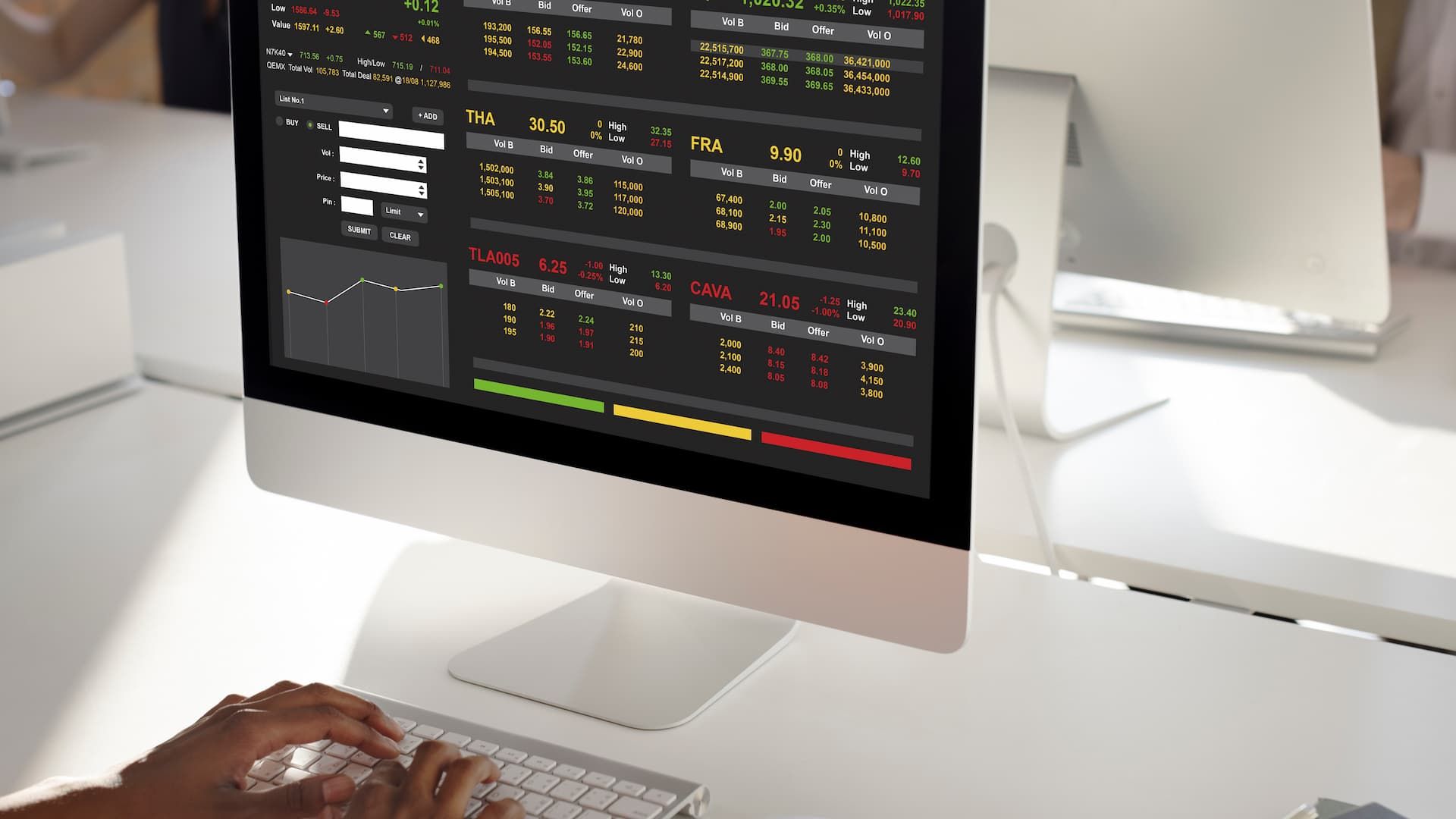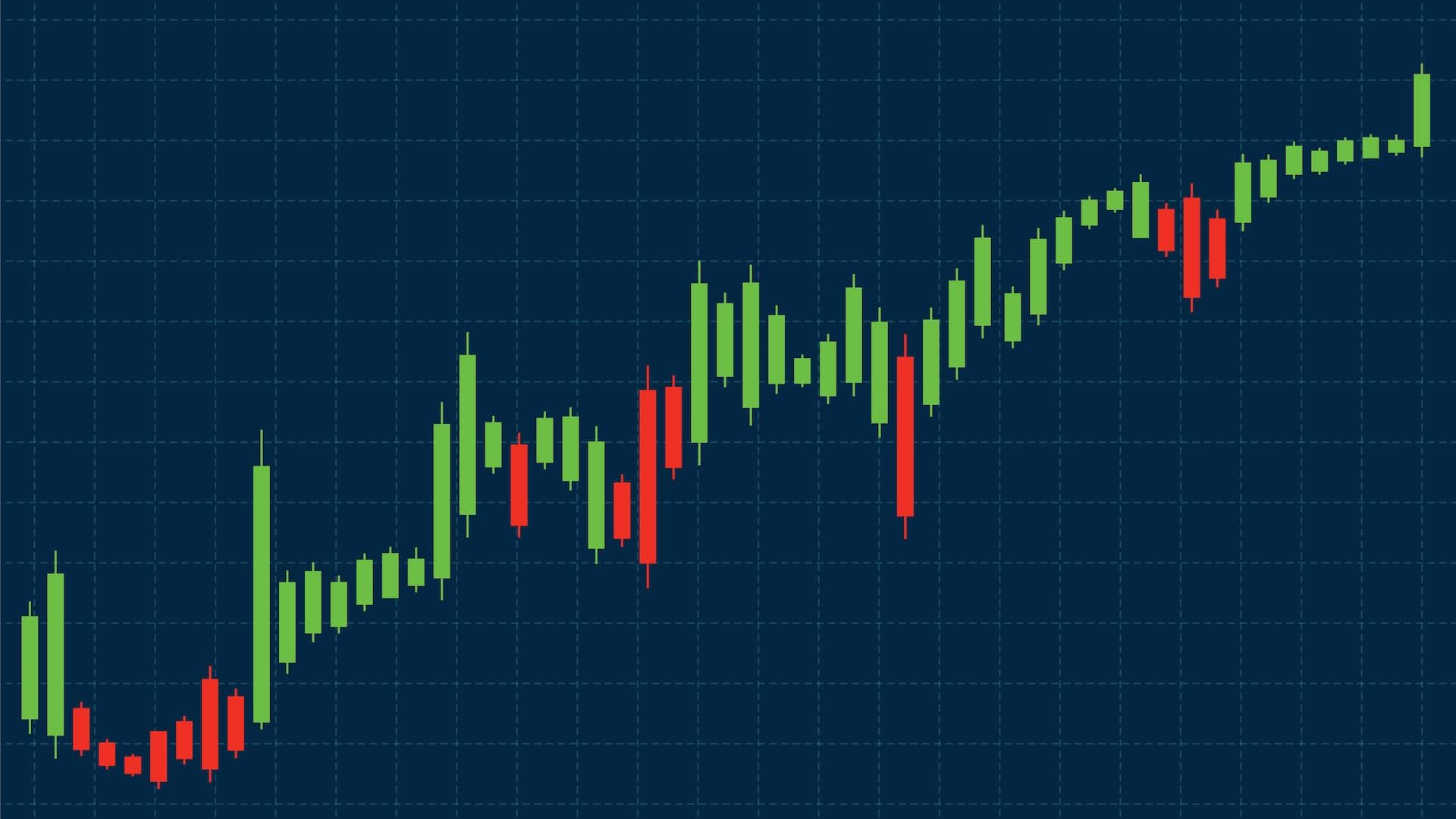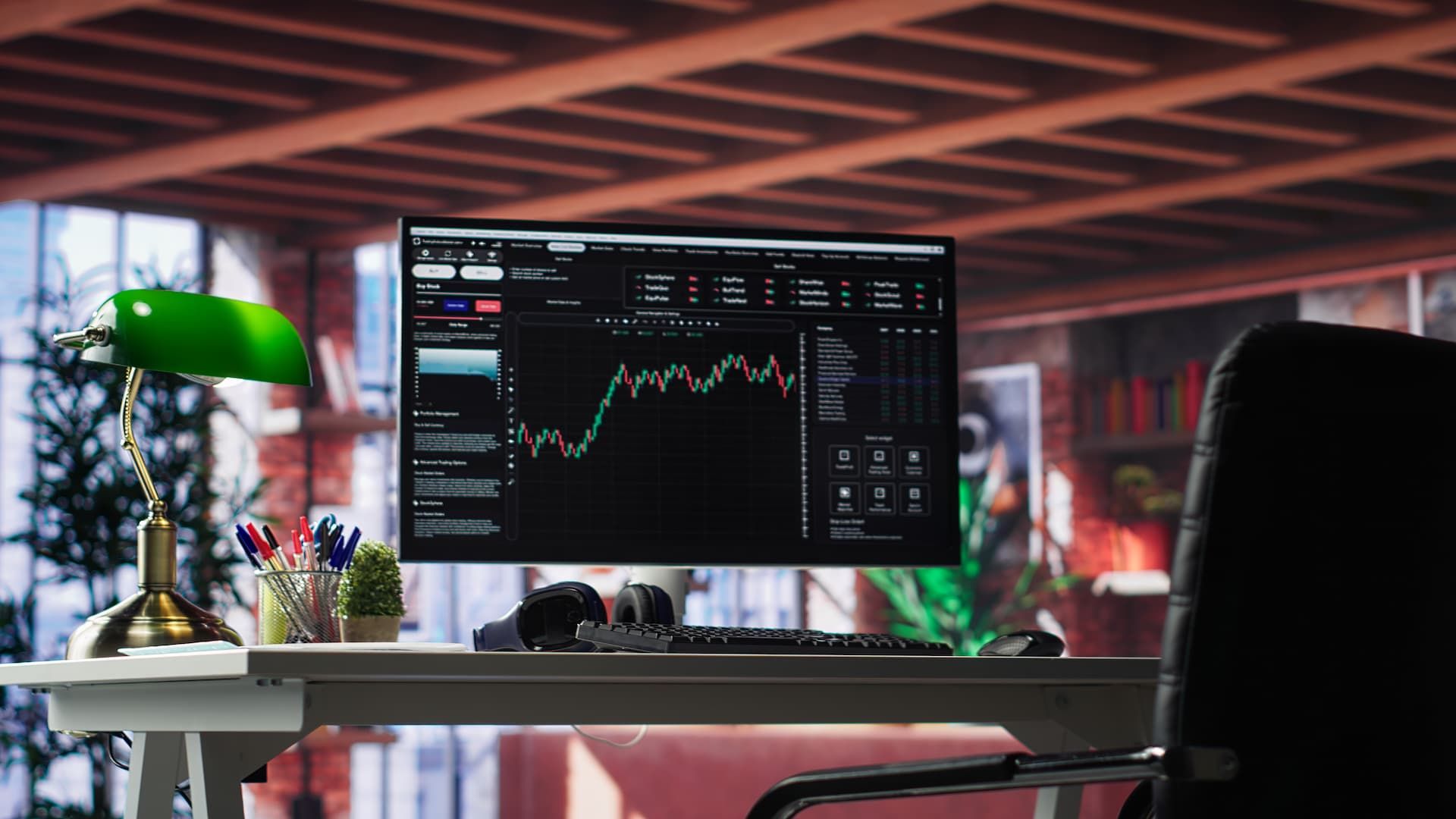Volatility is one of the most critical factors in modern finance, shaping how traders and investors behave across the stock market and beyond. It reflects the speed and size of price change over a given period, often leading to sharp price swings. While higher uncertainty can bring bigger profits, it also comes with risks involved that must be managed carefully. Tools like options trading allow participants to adapt, especially in volatile markets where movements are amplified.
Understanding Volatility in Financial Markets
Volatility shows how sensitive the stock prices of an underlying stock or asset are to sudden shifts. Market volatility usually rises when news events disrupt expectations, leading to stronger price swings. For investors, the challenge is distinguishing between normal fluctuations and signals of structural change. Trading volatility can be rewarding, but it requires discipline and strong risk management strategies.
How News and Events Move the Markets
Breaking events often create higher volatility, causing price swings that can shake both the stock market and commodities like natural gas. Announcements from governments, corporate earnings, or geopolitical shocks all trigger rapid price changes. Traders who anticipate these movements can adapt faster, positioning themselves in the most volatile markets before they stabilize.
Market Volatility vs. Normal Price Fluctuations
Not every price change reflects true market volatility. In normal market conditions, stocks experience regular ups and downs without significant disruption. But during stress, volatility spikes make trading volatile markets more dangerous and potentially more profitable. Recognizing when a stock rises due to fundamentals versus speculative momentum is key to better decision-making.
Key Concepts in Volatile Markets
Understanding the fundamentals of volatile markets is crucial for anyone trading across different asset classes. Unlike stable periods, these conditions bring wider spreads, sharper price change, and faster market conditions that test both strategies and discipline. Traders who master these core ideas are better prepared to capture opportunities while reducing the risks involved.
Trading Volatility in the Stock Market
The stock market is often the main stage for trading volatility, where news and liquidity shifts create sharp price swings. Skilled traders rely on options trading and hedging tools to balance significant risk with opportunities for bigger profits. Past performance shows that the most volatile markets often attract speculative capital seeking fast returns.
Implied Volatility and Its Importance
Implied volatility is a forward-looking measure used in options trading to predict future price swings. Unlike actual volatility, which looks at past data, implied values reflect market expectations. In volatile markets, implied measures often rise faster than historical averages, signaling that traders expect more turbulence. This metric is crucial in pricing derivatives and assessing the risks involved.
Most Volatile Markets to Watch
Some asset classes are naturally more unstable than others. The most volatile markets, such as cryptocurrencies, natural gas, or emerging equities, frequently experience dramatic price swings. For traders, monitoring market conditions and current market price reactions is vital to avoid losses. High-risk areas can deliver bigger profits, but only with a disciplined trading strategy and awareness of the risks involved.
Strategies for Managing Volatility
Trading in volatile markets requires a structured plan that balances opportunities with potential risk. Strong market moves can create sharp price swings, offering chances for gains but also leading to losses if strategies aren’t well thought out. By combining options trading, disciplined money management, and the use of volatility indicators, traders can adapt to changing conditions more effectively.
Options Trading in Volatile Markets
When higher volatility dominates, options trading becomes a useful tool for protection and speculation. Contracts based on an underlying asset allow traders to profit from movements without directly holding the stock. Since implied volatility affects option premiums, pricing tends to rise, making both calls and puts more expensive during turbulent times.
Risk Management During Market Swings
Large price swings expose traders to additional risk if positions aren’t properly hedged. Effective risk management involves setting stop levels, adjusting position sizes, and preparing for both upward and downward moves. Using strategies that reduce exposure during high volatility prevents emotional decisions that often lead to losses.
Using Volatility Indicators to Inform Trades
Tools like implied volatility, standard deviation, and market-based indexes help traders measure potential movement. By tracking how price reacts in relation to these volatility indicators, participants can anticipate changes and plan more accurate entries. Ignoring these signals often leads to additional risk and poorly timed trades.
Practical Insights for Traders
Operating in uncertain conditions requires a clear approach. Whether facing low volatility periods or sudden higher volatility, traders need to adapt their style. A focus on discipline, clear strategies, and awareness of risk factors helps avoid costly mistakes while keeping trading goals realistic.
How Volatility Affects Trading Decisions
High volatility often pushes traders to place more sell orders or chase opportunities in one direction. However, sharp price changes can lead to expire worthless options or poorly timed entries. Understanding the balance between reward and risk ensures that decisions aren’t solely based on emotional reactions.
Planning Entry and Exit in Volatile Markets
In fast-moving conditions, precise entry and exit planning is essential. Traders must prepare for higher price or lower price outcomes while accounting for interest rate shifts and broader market influences. Having exit rules in advance limits additional risk and improves long-term consistency.
Avoiding Common Mistakes in High-Volatility Environments
Common errors include over-leveraging, ignoring implied volatility, and trading without proper risk management. Many traders fail when they underestimate the impact of volatility on price movement. Staying patient, using smaller sizes, and respecting market signals are crucial for navigating high volatility without significant losses.











